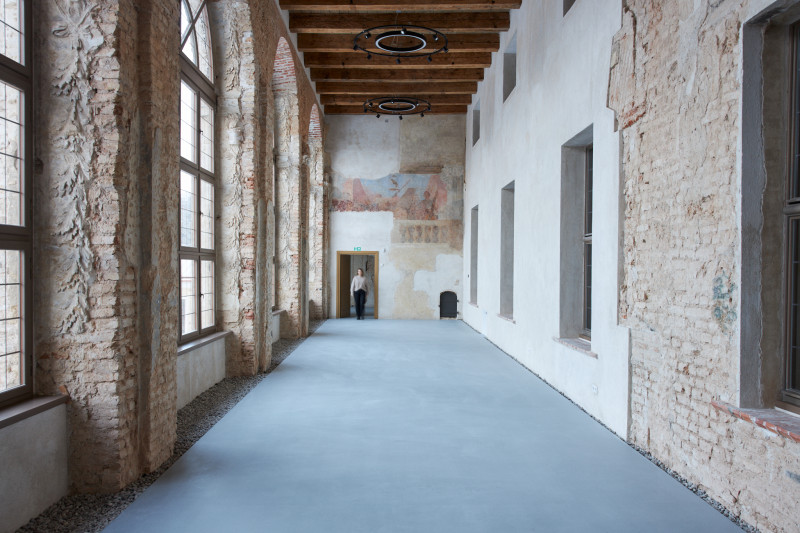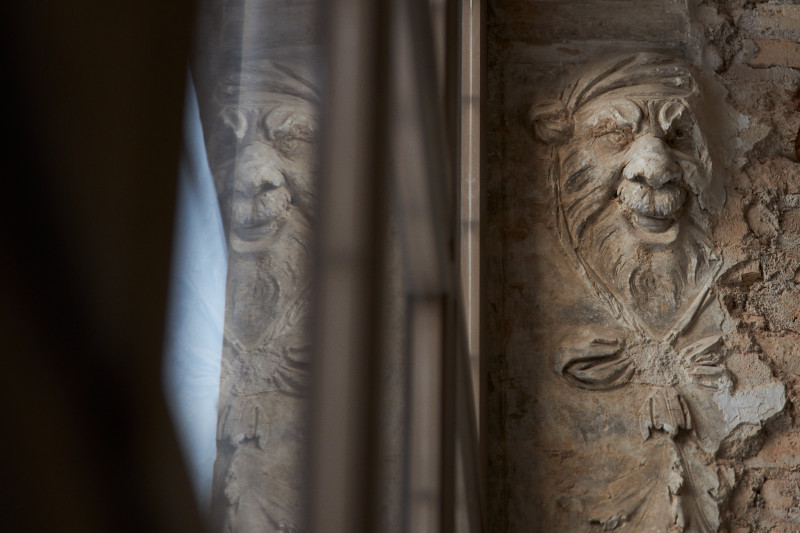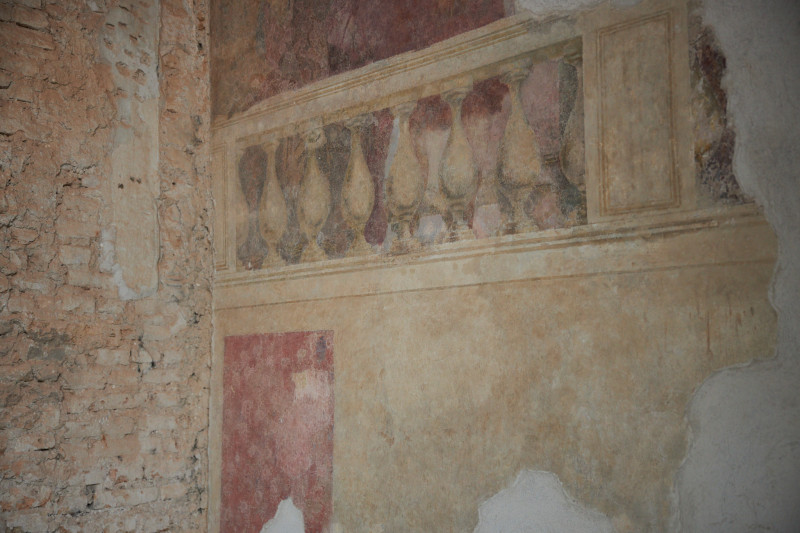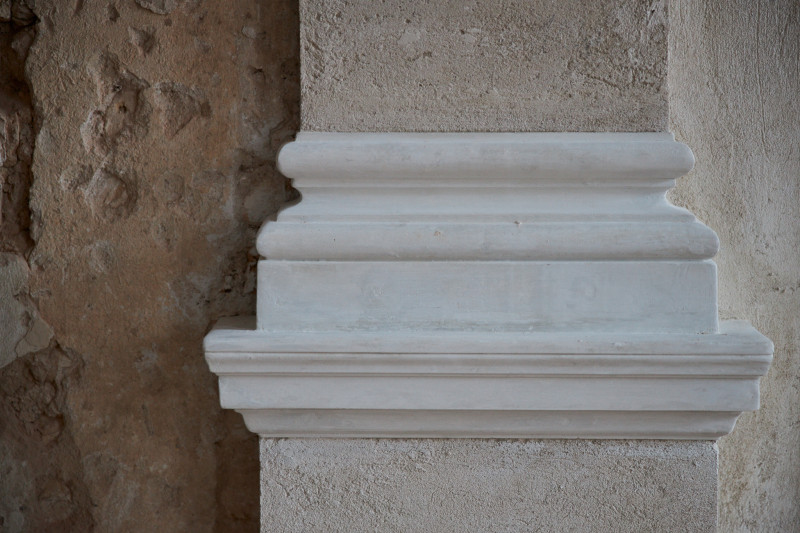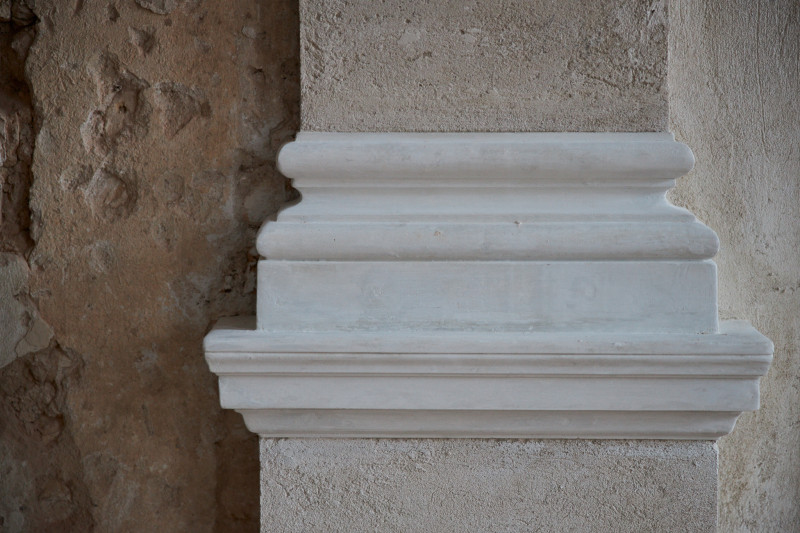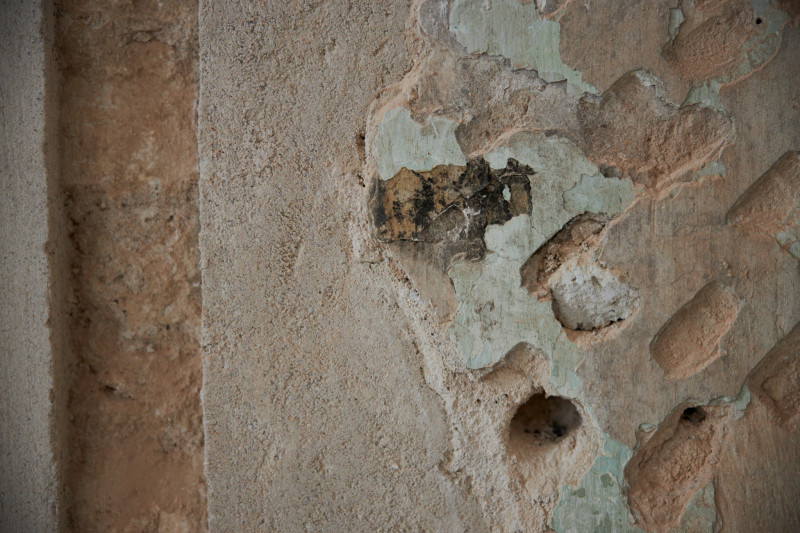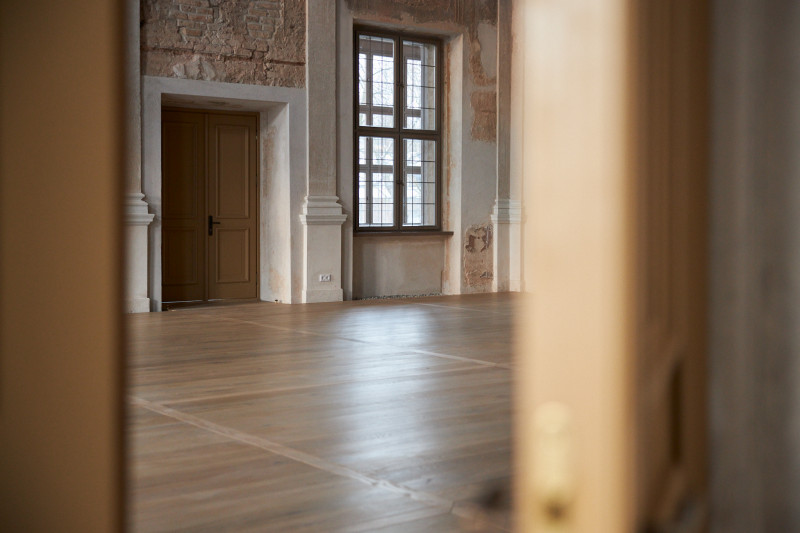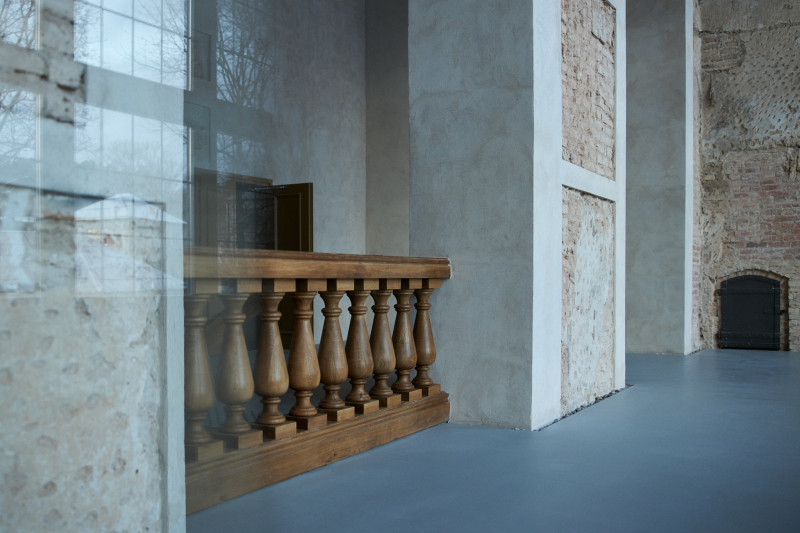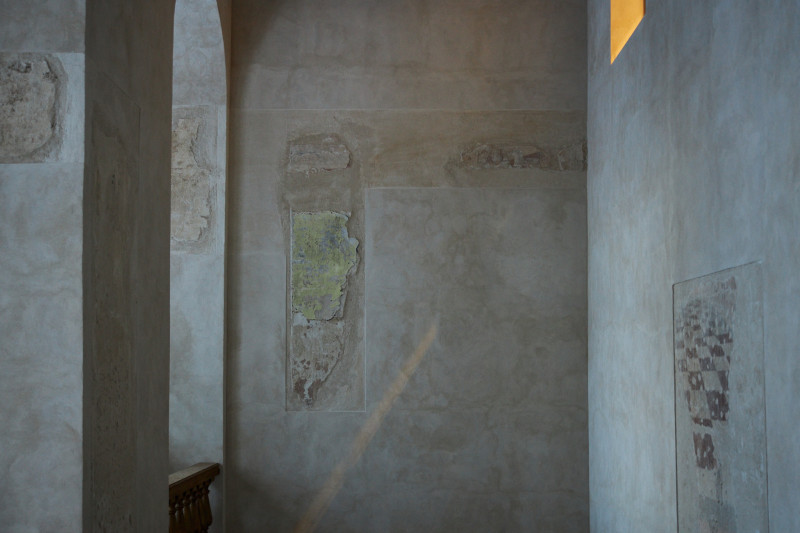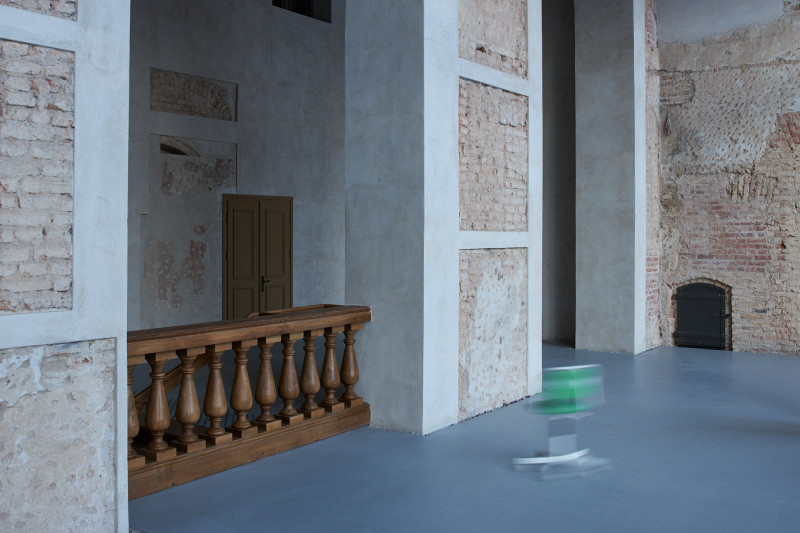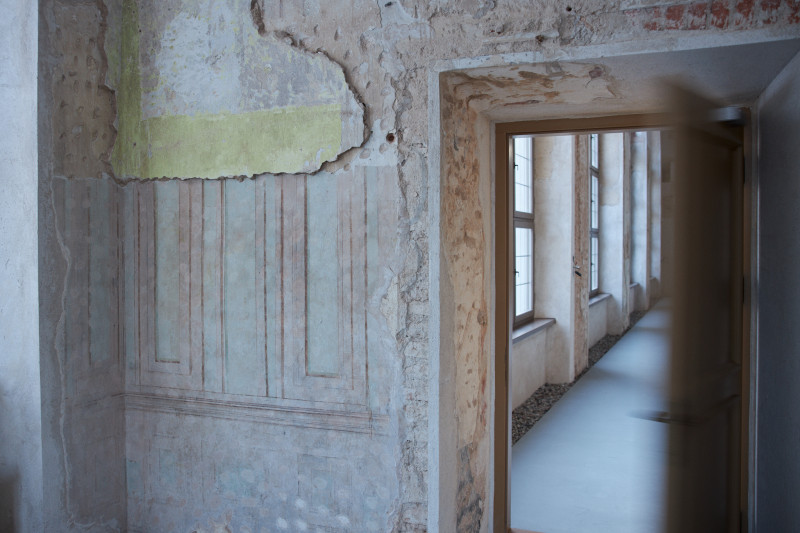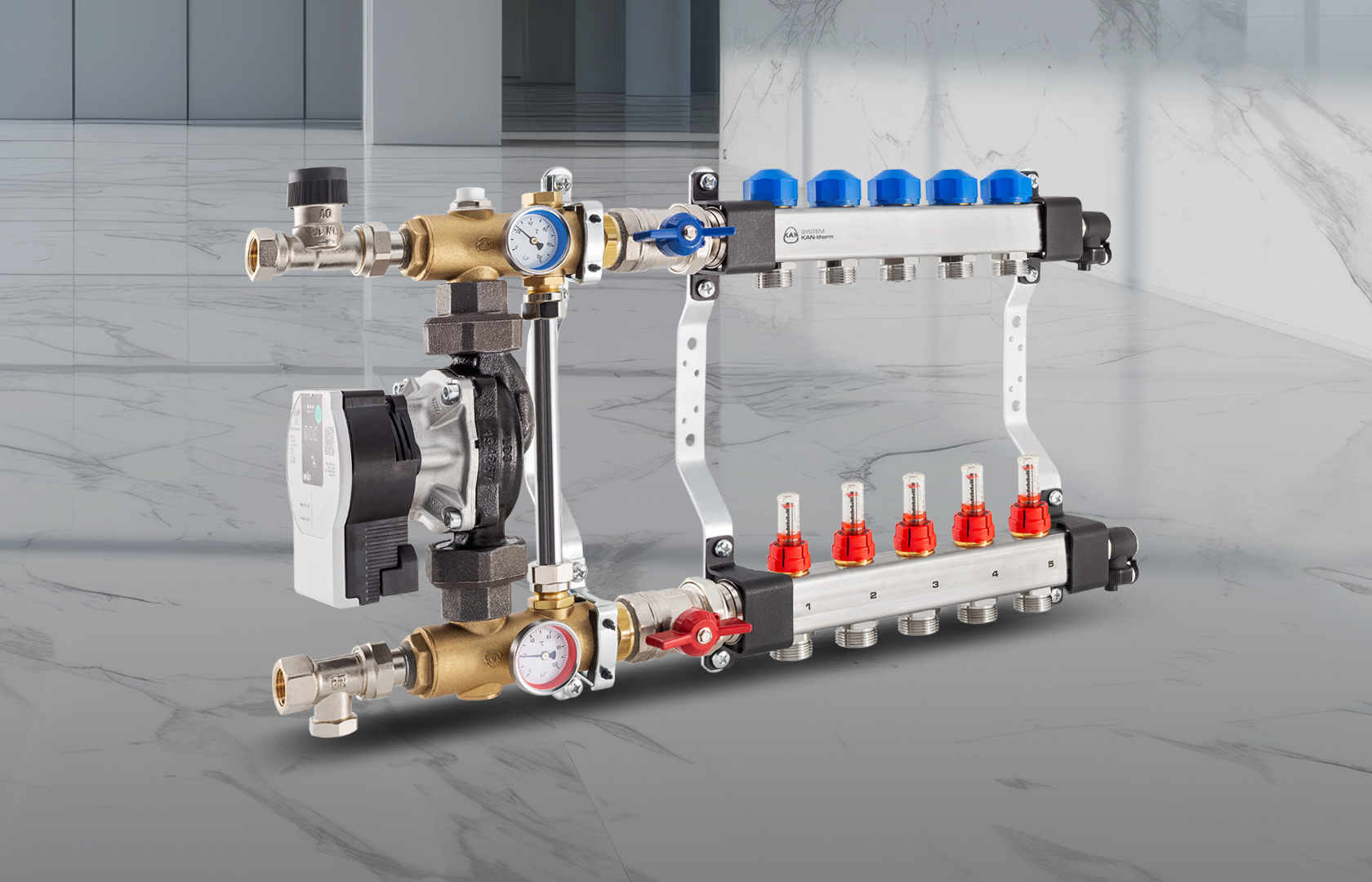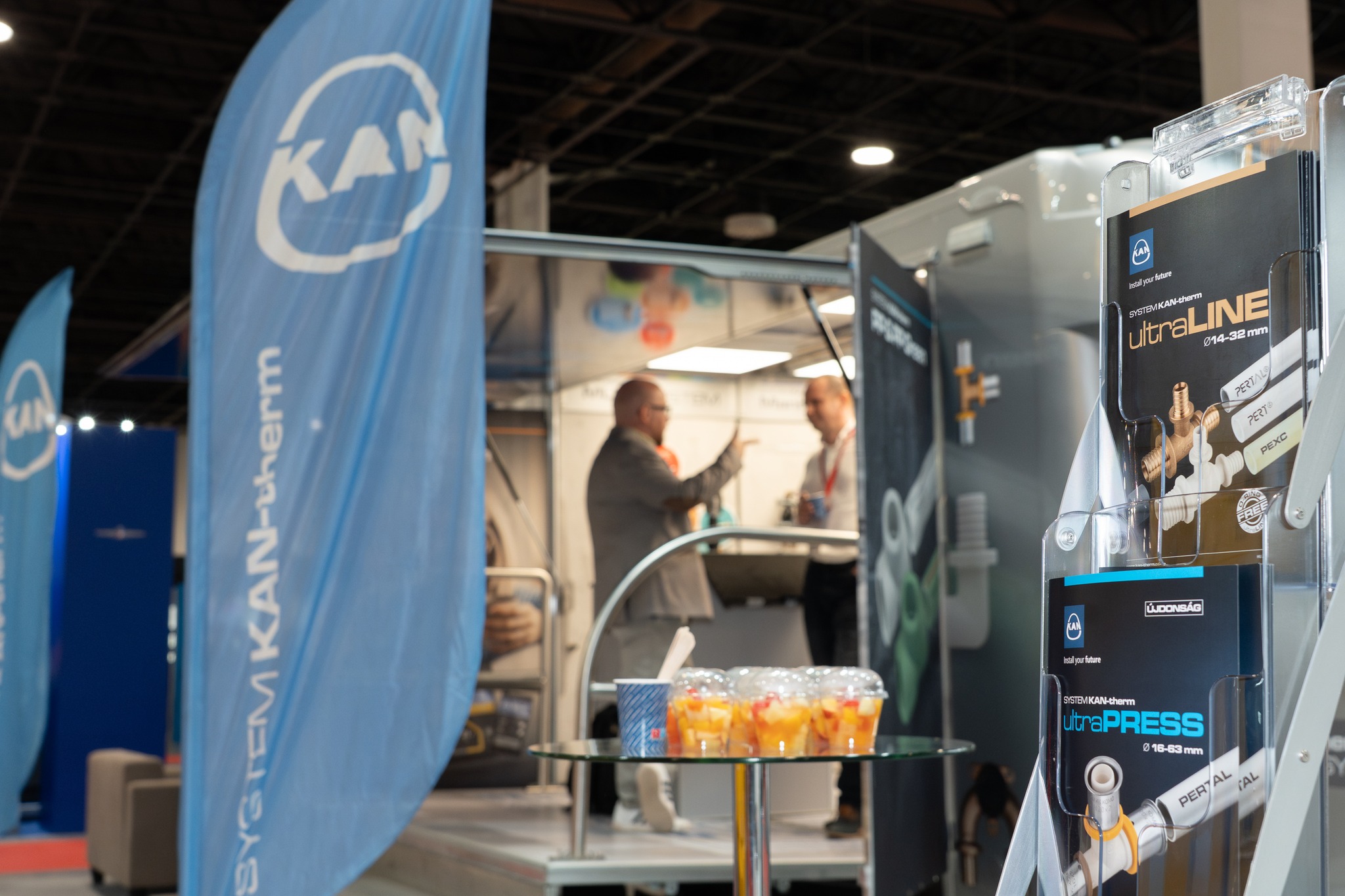Vilnius is a town brimming with not-so-obvious historical monuments, among which is the baroque Palace of House Sapieha, built at the end of the 17th century. Having changed its use and owners repeatedly over the passing centuries, it finally fell into disrepair. Now, a restoration project brought it back to its former glory. KAN products and technical consulting have made an important contribution to its reconstruction.
In summary:
- In Vilnius, the baroque Sapieha Palace from the 17th century was restored and transformed it into a centre of art and culture.
- Started in 2018, the restoration cost 12 million EUR, with the funding partially contributed to by EU funds.
- KAN-therm underfloor heating and water distribution systems were installed as part of the refurbishment.
- KAN provided materials, technical consulting and equipment, playing a vital role in the restoration project.
Do you want to know how modern water installation systems can help to reinvent heritage buildings? - See other heritage features where our products have been installed.
Vilnius heritage feature with a new purpose
The Sapieha family of the Lis coat of arms was once the most powerful in the Grand Duchy of Lithuania. The best years of this noble family came at the end of the 17th century. At that time, Kazimierz Jan Sapieha, son of Paul Jan, built a baroque palace in Vilnius Antokol. It was said to be a residence worthy of kings.
However, the nobility didn't enjoy it for long. Completed in 1697, the building fell prey to the Lithuanian civil war against House Sapieha just three years later. While it was restored after the civil war, the fate of this heritage feature continued to be troubled. At the beginning of the 19th century, it was sold to the Russian Tsar’s officials and converted into a hospital.
The new administrators have largely remodelled the building, irrevocably destroying most of the decorative elements.
The building served as a hospital until the Second World War began. For a brief moment onward, the Palace was a military outpost, ultimately becoming a radio communication technical school in the Soviet era. All this led to the gradual destruction of a forgotten jewel of the Baroque.
Now, this heritage site has a new purpose. The restoration, renovation and retrofitting work, which lasted five years from 2018, made it possible to transform the Sapieha Palace into a centre for art and culture. KAN-therm products played an important role.
Installation challenges
Work on the listed building coincided with a downturn in construction investment. Initially it was thought that €7.5 million would be enough to complete the project. In the end, the project ballooned to €12 million as the price of labour and materials rose. Fortunately, the project received EU funding.
Renovating a heritage feature is always a challenge, not unlike in this case. It took a staff of experts, specialists and state-of-the-art materials to bring the dilapidated Palace up to modern standards while preserving its soul. Provision of utilities to the Palace had to be completed without damaging the heritage wall paintings, stucco or ornaments.
Historic front with a modern interior
In order for the Sapieha Palace to fulfil its cultural functions, the project owners decided to conceal modern solutions beneath the era-specific cladding. It is why the KAN-therm NET surface heating and cooling system was placed under the polished concrete floor. The stable and durable insulating substrate and the heating pipes fixed to a steel grid made it possible to dispense with traditional radiators. These would have spoilt the interior.
Underfloor heating in a heritage feature like Palace has another advantage – it makes it easy to maintain a uniform temperature throughout the interior. This contributes to an indoor climate which is safe to heritage finishes. It also helps to keep the ornaments clean by reducing the convective circulation of dust and dirt.
Economic considerations were also important in the choice of solution. Underfloor heating will reduce the cost of keeping The Sapieha Palace warm.
System KAN-therm ultraPRESS is used to distribute drinking and domestic water in the restored palace. Laying 63mm pipes in such a valuable building was a challenge.
Fortunately, the flexibility of the material and the wide range of fittings, as well as the easy-to-use tools, greatly facilitated the installation process.
KAN contribution to the restoration of the historical feature that the Sapieha Palace is was not limited to the materials only. We provided the underfloor and water distribution design, technical consulting and the equipment needed to install the water system.
We were responsible for the design of the underfloor and water distribution systems, the technical consultancy and the equipment for the water system installation.
“We are proud to have contributed to such an important project for Lithuania,” concludes Modestas Zelvys, head of KAN-therm Baltic and Nordics markets.
Photographer: Audrius Salominas


